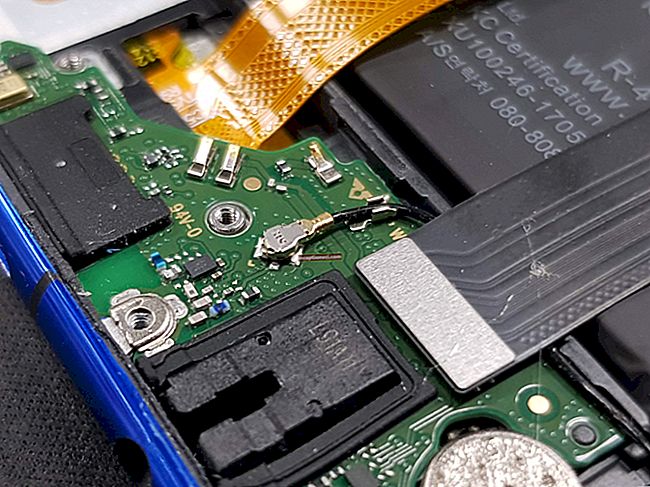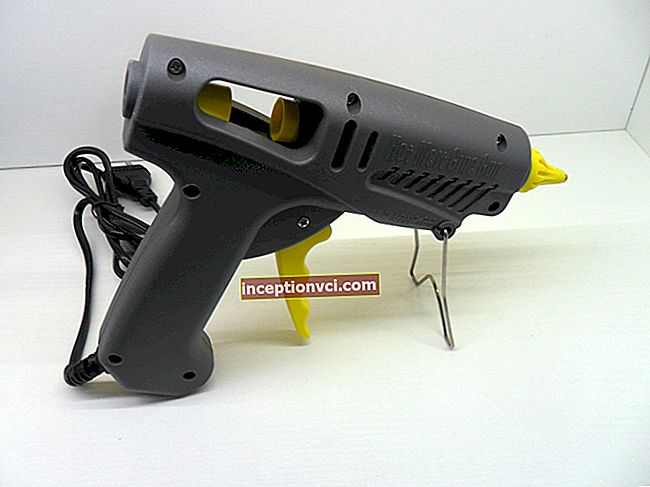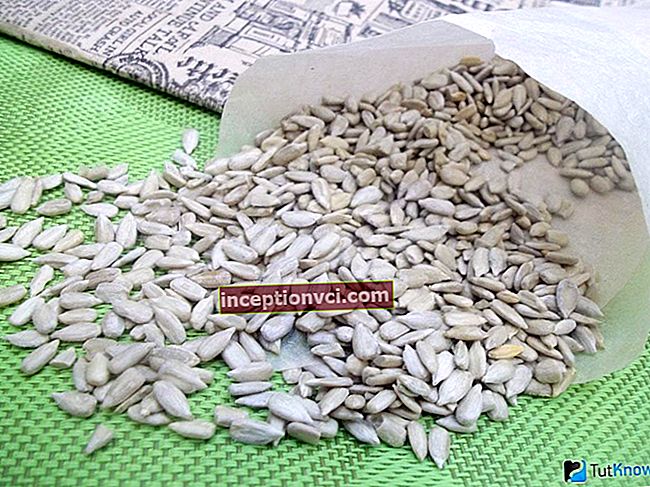Table of contents
1. Introduction
2. Scope of delivery and packaging
3. The design of the radiator and fan
4. Installation of the cooling system
5. Testing, performance
6. Conclusions
Introduction
Finally, the Korean firm Zalman has released something really new. It has long been necessary to abandon the design of radial radiators, designed back in 2005, and come up with something more effective. Of course, in those distant times, this technology proved to be the best, but after the release of such supercoolers as Scythe Ninja 3, Thermaltake Big Typhoon, everything turned out to be not so good. Subsequent attempts to release a good product failed altogether, since competitors almost instantly released cooling systems that are an order of magnitude higher. Apparently, this situation began to strain the management of the Zalman enterprise and therefore the engineers released a decent product, although it has a classic tower structure, but it can still surprise with some interesting details. In this review, we will try to consider them in more detail.
Scope of delivery and packaging
The box of the new cooling system is made in the corporate style. On the front side there is a round transparent cutout through which you can see the fan without opening the package itself. On the reverse side, the manufacturer has posted a description of the most important advantages of this cooler. But already on the side all the specifications are painted in detail, which makes it possible to understand what kind of product is in front of you. The cooler itself in the box is sealed in a plastic shell. All the accessories supplied in the kit are located on top, so we get access to them as soon as we open the box. The kit itself includes:
- Steel plates and plastic frames for mounting on Intel LGA 775/1156/1366 sockets
- Additional screws, washers and backplate for LGA 775 socket
- Metal plate for compatibility with all AMD processors
- Cable for connecting the speed controller and a piece of double-sided tape for securing
- Installation instructions, sticker and Zalman ZM-STG2 thermal paste

First of all, it is worth paying attention to the supplied thermal conductive paste. This is a descendant of the not very successful ZM-STG1. The manufacturer claims that the efficiency, in comparison with the old one, has increased 3 times! It is a gray and thick mass. It would be nice to test the new thermal interface, but not in this review.
Radiator and fan design
As already announced earlier, the hero of our review has a classic tower design and has an impressive 920 grams, and this is already a serious claim for one of the leading places among supercoolers. Even nowadays, not every manufacturer dares to create and release a cooling system weighing almost a kilogram.

Heat dissipation is carried out by 56 aluminum nickel-plated plates, each 0.45 mm thick, and the distance between the plates is 1.7 mm. Five heat pipes transfer heat from the base of the cooling system. Each has a diameter of 6 millimeters and, like the aluminum plates, is nickel-plated. According to the official specification, the total dispersion area is 8544 square centimeters. A plastic fan frame and a radiator top cover give the product a finished look. At the same time, the sides of the radiator fins are not covered by anything, which contributes to faster and more efficient cooling of the central processor. A fan speed regulator is installed on top of the radiator, we will get acquainted with it a little later. Separately, I would like to pay attention to the polishing quality of the cooler base. You probably will not see such high-quality factory polishing anywhere else - it is simply perfectly polished!
The upper plastic cover on the radiator is dismantled; you only need to unscrew a couple of screws. The same goes for the fan frame.After dismantling, you can see that the radiator has one interesting feature, namely the variable height of the ends. According to the manufacturer's idea, this should reduce the resistance to the air flow created by the fan and reduce the dependence of the efficiency of heat removal on the speed of the propeller impeller. The heat pipes are also arranged in a clever way - in a scatter. This non-linear arrangement improves heat distribution across the fins, and hence the overall efficiency of the cooling system. To top it off, the heat pipes are high-quality soldered at the base.

The smoothness of the base of the Zalman CNPS10X Extreme, as well as the workmanship, are top notch. Accordingly, the print with thermal paste both on the processor and on the heat sink of the radiator is ideal. The rest of the cooling system manufacturers have a lot to learn from Zalman.
The radiator fins are cooled by a 120 mm fan. It is rigidly fixed with four self-tapping screws on the frame, which in turn is mounted on the radiator. The dimensions of the turntable are 120x120x25 mm. The number of blades is seven translucent blades. Dismantling is carried out without problems, unlike installation. The fact is that the fan itself does not have a power connector, but only a contact pad. In practice, it turned out that this is not the most practical solution. The fan runs on a double ball bearing and has a claimed lifespan of 50,000 hours. Electricity consumption is 3.6 watts, as the marking says. One unique feature of the Zalman CNPS10X Extreme is its fan speed control. By default, it is located on the upper plastic cover of the radiator, but if desired, the user can remove it and put it in another convenient place, securing it with double-sided tape and connecting the contacts with the cable supplied. The regulator has as many as three automatic modes and one manual. If the indicator is blue, then one of the automatic modes is selected (by the way, they differ only in the range in which the fan can operate), and if it is green, then the user will be personally responsible for the rotation speed of the turntable. Together, this technology makes this product stand out a little from the competition.

Cooling system installation
Zalman CNPS10X Extreme was one of the first to offer full compatibility with the Intel LGA 1156 socket. On Intel platform motherboards, the cooling installation is the same for all sockets. It is necessary to install the backplate, and with the help of four screws, ensure a good hold. On the AMD platform, everything is as simple as always - using the bracket that comes with the kit, we hook onto the special protrusions on the socket and close the latch.
After installing the cooling system, the distance between the lowest heat sink plate and the system board is 4.2 centimeters. If the cooler is placed so that hot air is blown out to the upper wall of the system unit, then one edge of the radiator will interfere with the installation of memory modules. Although the RAM can be installed in advance, the RAM with high heatsinks will still not fit under the cooling system. There are two ways out of this situation - either change the orientation of the cooler on the motherboard, or simply not use the first two RAM slots.
If you have any difficulties with installing Zalman CNPS10X Extreme, you can refer to the official website, there is a detailed installation instructions.
Testing, performance
All tests will run on both Intel and AMD platforms. The temperature of the hottest core was taken as the result. The temperature during the tests was 24 degrees Celsius.
The first to warm up the Zalman CNPS10X Extreme was the Core-i7, Intel's top quad-core processor. Previously, it was overclocked to a frequency of 3.97 Gigahertz at a voltage of 1.36 Volts. With a fan speed of 1000 rpm, the cooler was able to keep the temperature within 91 degrees.If we increase the rotation speed to the maximum possible 2200 revolutions, then we get a temperature of 82 degrees Celsius. The result is promising - the performance of the hero of this review is comparable to the best air cooling systems of our time. It copes with top-end processors without problems even in overclocking.
The next tested processor from AMD Phenom II 4X Black Edition. We managed to overclock it to a frequency of 3.8 GHz under a voltage of 1.55 Volts. At minimum speed, the load temperature was 67 degrees Celsius. At maximum speed, the temperature was reduced to 56 degrees. Outstanding result! Although it should be borne in mind that the maximum operating temperature of AMD processors is lower than that of Intel processors.

Now a few words about the noise level. At minimum speed, the noise from the cooling system is 34 dBA, and at maximum speed - 52 dBA. It is clear from the figures that the noise level is beyond the comfortable limits, we will consider this a disadvantage of this cooler.
conclusions
Zalman CNPS10X Extreme left a lot of positive emotions during the whole testing. Zalman Corporation has finally been able to bring a decent product to the market that handles the hottest processors on par with world-renowned cooling systems. Also, the Zalman CNPS10X Extreme has trump cards in the form of a unique speed control and a perfectly polished heat sink. The disadvantages include a weak mounting system and a high noise level of the fan. If this cooler had been released a couple of years ago, its performance would have been higher than most cooling systems.









